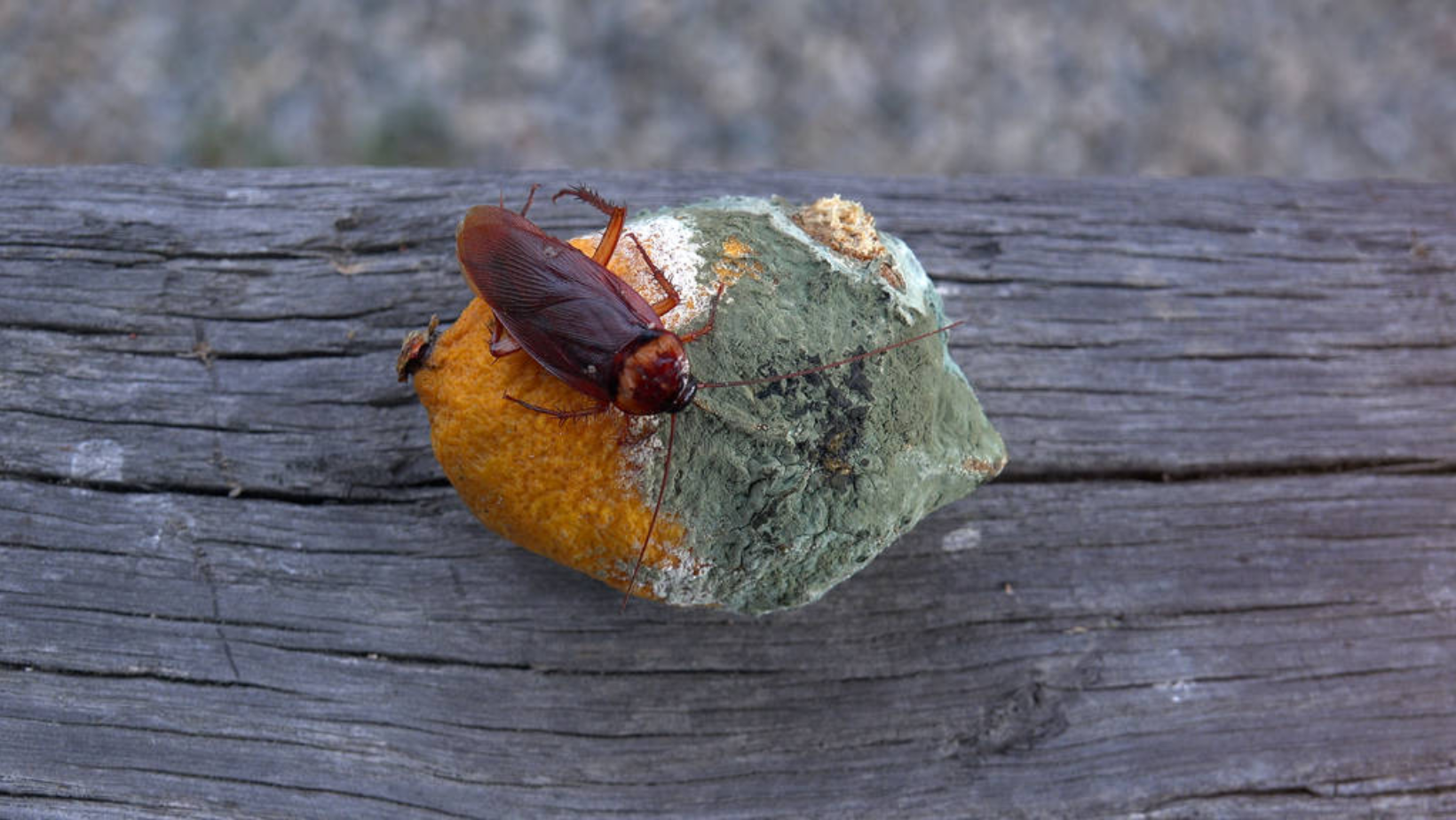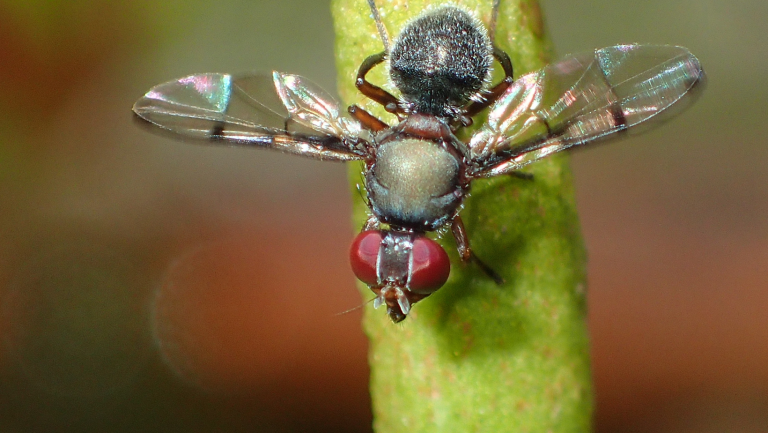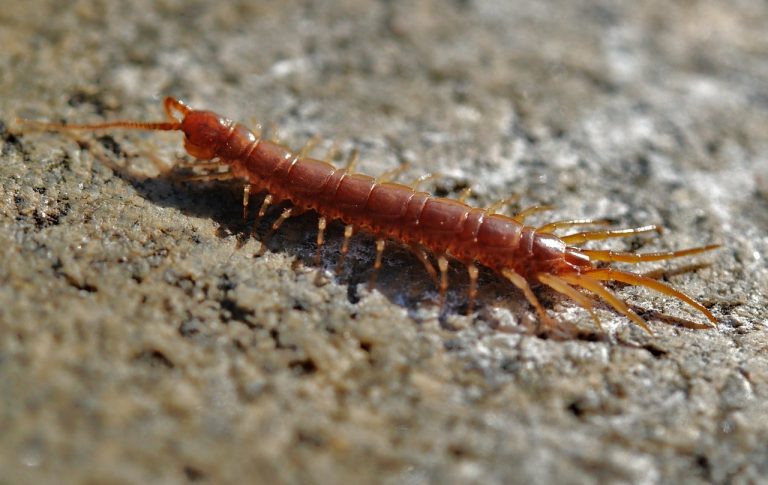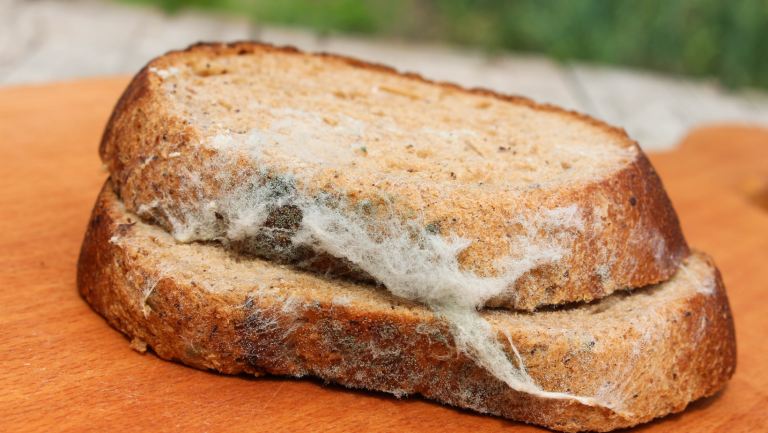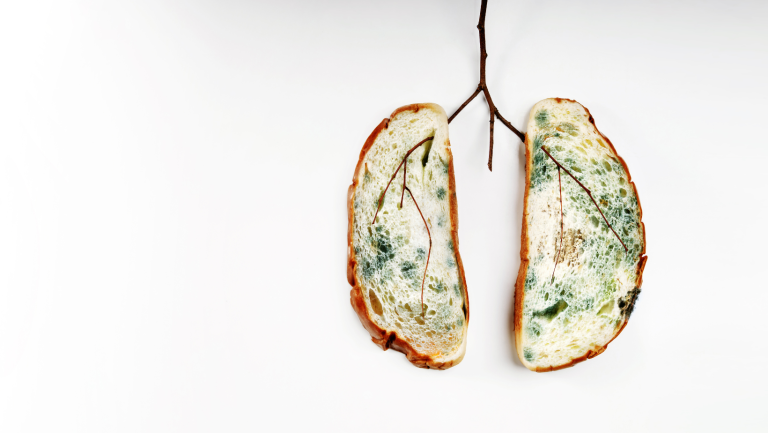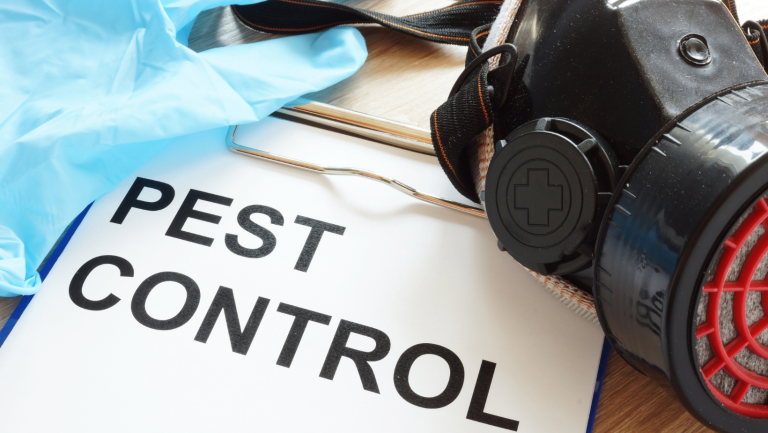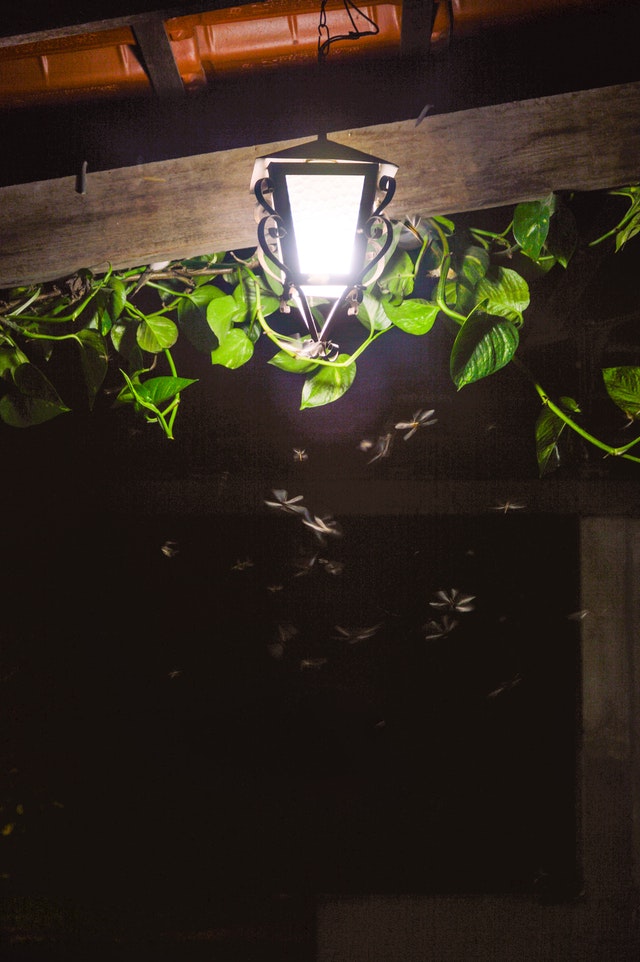Where Do Roaches Come From?
How Do Roaches Get Access Into A Home?
University of Florida studies found that only approximately 30 species of roach are regarded to be “peridomestic.” If roaches hunt at home, they can search out your area by crawling through small spaces around entrances, pipelines, and other exposed spaces.
While some adults become quite large, they can crawl through slits as small as one-sixteenth of an inch wide (0.15 centimeters). The most common roaches seen in homes prefer warmth, wetness, and darkness.
Outside the House –
Although they prefer to reside outside, outdoor cockroaches can still enter and infest a home. Outside, roaches commonly live in:
- Plant decomposition
- Abandoned sheds
- Gardens
- Greenhouses
- Mulch
- Near ponds
- Garbage dumps
These pests always find new ways to get access to a home. For example, American cockroaches can quickly go from the outside to inside a building.
Inside the House –
Some roaches prefer to live inside the house rather than outside. These cockroaches have adapted to survive quite close to people. Home-dwelling roaches like darkly lit areas, such as:
- Air conditioning units
- Attics
- Basements
- Dehumidifier
- Floorboards
- Ceiling
- Refrigerators
- Drainage piping
- Walls
Whereas German Cockroaches prefer colder, moister environments, Brown-Banded Cockroaches prefer dryer, warmer climates.
Where Do Roaches Live?
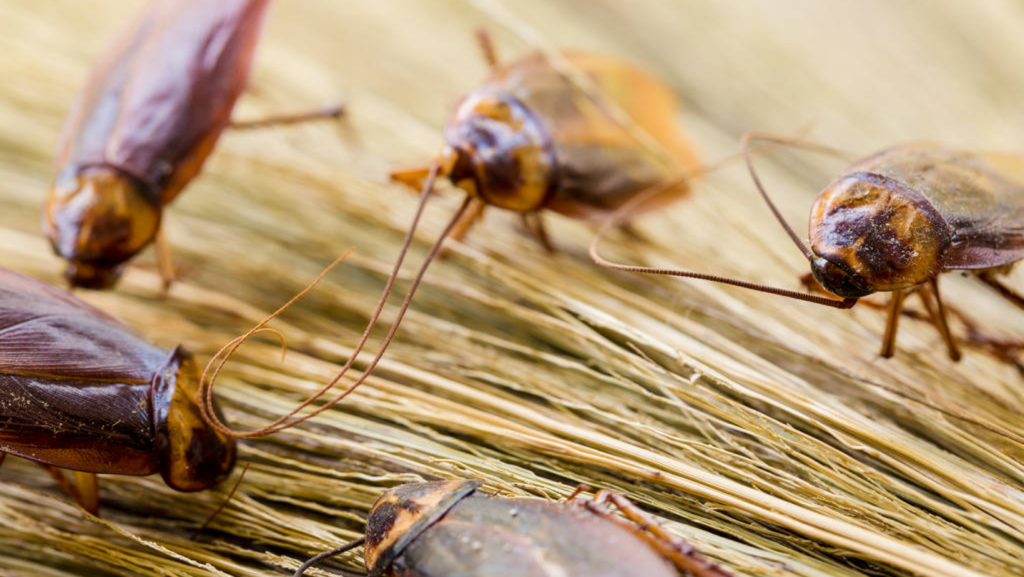
American cockroaches live in the dark, wet, warm spaces like sewers, grease traps, and damp basements. However, these roaches prefer dark, moist environments, mainly near bathtubs and laundry hampers and around pipelines, where they feed on decaying organic materials.
During the day, a wire probe will reveal roaches. Female American cockroaches lay their eggs in bean-shaped capsules (oothecae) on or near the surface, probably close to a food supply.
Although they have wings, American cockroaches are among the least frequent roaches found in homes, and even when disturbed, they rarely fly.
Adults can survive for at least 2 – to 3 months without food and drink, and they can easily withstand freezing temperatures outside.
Some have been spotted in the summer months in alleyways and yards and under street lights.
What Attracts Cockroaches?
Cockroaches are notorious for their filthy and unhygienic behavior. Unfortunately, proper cleaning and maintenance cannot always ensure a cockroach-free environment.
Severe roach infestations are more likely to occur in unhygienic homes than in clean ones, as unclean homes create an ideal habitat for cockroaches to survive and breed.
Some of these factors encourage roaches into the house. These include the following:
- Food
- Moisture and water
- Hiding places or shelters
- Location
1. Foods –
These resilient insects will feed on almost anything to survive.
Roaches can quickly locate food supplies in a variety of locations throughout your home. However, your kitchen is almost certainly the most prone to a roach infestation.
Soap, cardboard, and sometimes even human hair has been seen to attract them.
They commonly hide in attic and garage cardboard stacks, books stashed away for years, and even behind photographs on the walls.
2. Excess moisture and water –
When you have a severe roach infestation in your home, you should suspect that they have found a supply of water. Leaky piping and standing water from leaky faucets are sufficient to quench their hunger.
Cockroaches prefer to live near moist locations with easy access to water supplies, like bathrooms and laundry facilities.
You may also observe them crawling from the sink or shower drain. In the back of washers and dryers, roaches often hide near the motor.
The drainage system supplies ample water and moisture for roaches and food items, including shed skin cells and hair.
3. Hiding places or shelters –
Cockroaches are nocturnal, meaning they hide during the day and forage at night.
Cockroaches like warm, dark, and damp areas near food and water supplies to hide and spawn inside your home.
Roaches have been seen between outside doorways and flooring. They can get access to your home via window screens that are not flush with the frame or have rips or tears.
They can also get into unclean trash cans, including those in restrooms and around air conditioners that don’t fit correctly in windows.
4. Location –
Cockroaches prefer certain places to others. The Southeast of the US, Georgia, Florida, and Alabama, in particular, is home to a huge American cockroach population (also known as palmetto bugs). Despite cleaning regularly, you can expect to find these pests in your home if you live in these places.
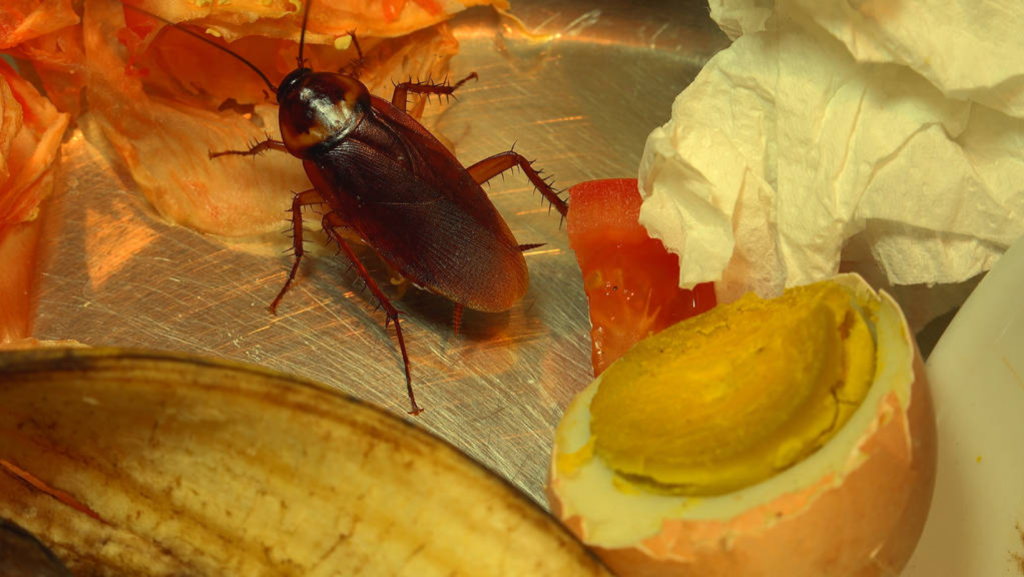
How to Shield Your Home against Roaches?
The most effective roach control method eliminates their primary sources of food, moisture, and shelter, the primary variables that attract roaches into the residence.
You can take the following preventative measures to avoid roaches from invading your home:
1. Remove Sources of Food
- Clean leftover food from tables and counter surfaces
- Never keep dirty dishes in the kitchen sinks overnight
- After use, thoroughly clean the stove and cookware
- Preserve all your foodstuffs in an airtight plastic or metal containers
- Before disposing of cans, bottles, and plastic, make sure they are completely clean
- Clean the floors regularly
- Bins should be emptied regularly and not left out for a more prolonged period
2. Remove Sources of Extra Moisture and Water
- Fill up any crevices or gaps around leaky pipes
- Taking care of clogged drains
- Repairing leaking faucets will help to prevent standing water
- Make sure all rooms are well ventilated
- Avoid overwatering indoor plants
3. Eliminate Concealment Areas
- Eliminating extraneous clutter such as boxes, cardboard, and stacks of outdated newspapers and magazines
- Seal any gaps or cracks that could harbor cockroaches
- Maintain a safe distance between firewood and compost and your home
- Maintain a neat and tidy lawn and landscape
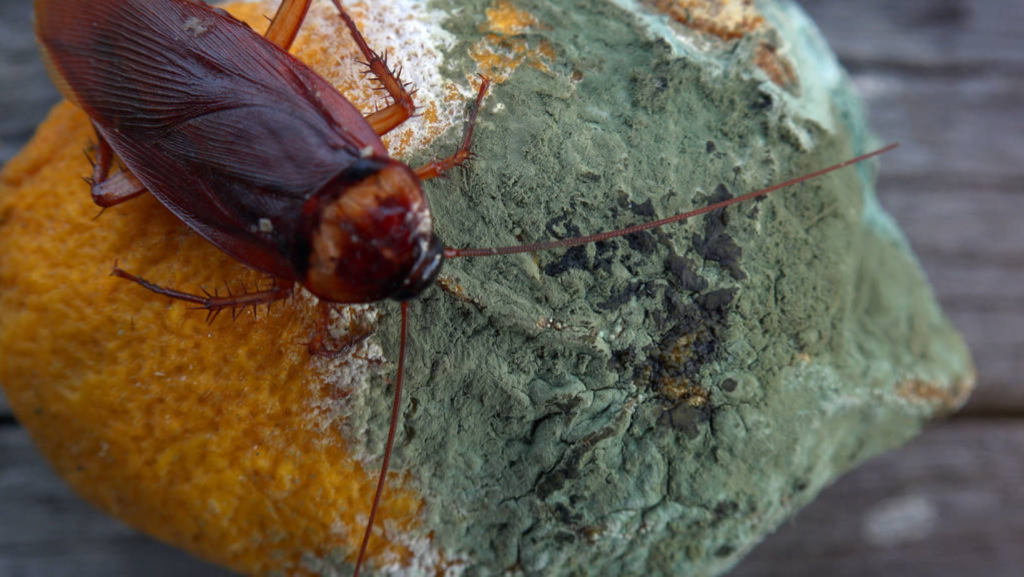
What Causes Cockroaches to Make You Sick?
Cockroaches transmit various diseases and can result in a variety of health problems in humans, including food poisoning. They can also cause allergic problems and asthma attacks.
They carry millions of bacteria and pathogenic agents that can cause symptoms, including diarrhea and food poisoning.
They contaminate open food during the night by dumping waste on it, leaving over hair and dead skin, and dropping empty eggshells.
Cockroaches release saliva and digestive secretions from their mouths to infect your meal with germs or bacteria.
The bacteria can spread rapidly in cockroach guts. As a result, it can cause numerous ailments, including urinary tract infections, intestinal disorders, and sepsis.
Additionally, the insect provides a breeding ground for Salmonella, a bacterium that can cause typhoid and food poisoning.
Roaches can cause allergic reactions. Their saliva and bodily fluids might cause an allergic reaction. You may get rashes on your skin, sneezing, and watery eyes.

